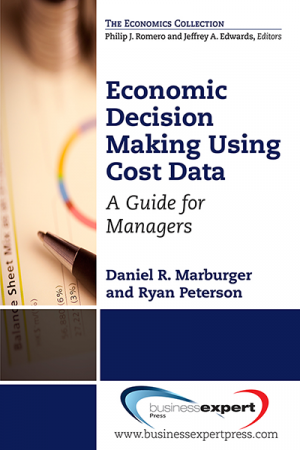Basics of Branding: A Practical Guide for Managers
$21.99Smart branding is essential for success, yet it is often misunderstood. Developing a brand that is relevant, distinct, and emotionally compelling can be very dif_ cult for many managers, mainly because they don’t realize exactly what and how much goes into this branding process. This book will explain this process. In an easy-to-understand writing style, Gronlund will show you the fundamentals that will help develop a value proposition that will excite customers. Branding is all about creating a message or an impression that makes an impact and creates a rational and emotional connection with a customer. Forming a bond of trust and comfort will build brand equity (i.e., how people value your brand) and customer loyalty. We are living in a dynamic, transformative global economy with mind-boggling advances in technology. Managers today can easily become preoccupied with social media vehicles and the innovative features of electronic devices, and hence neglect the importance of the content or the message. Adhering to the core elements of positioning and branding will help them develop more emotionally rich and powerful content. And B2B managers will better understand and discover the real value of good branding, so that their marketing and sales communications will go beyond product features and emphasize relevant benefits that will strengthen their relationships with targeted customers.











